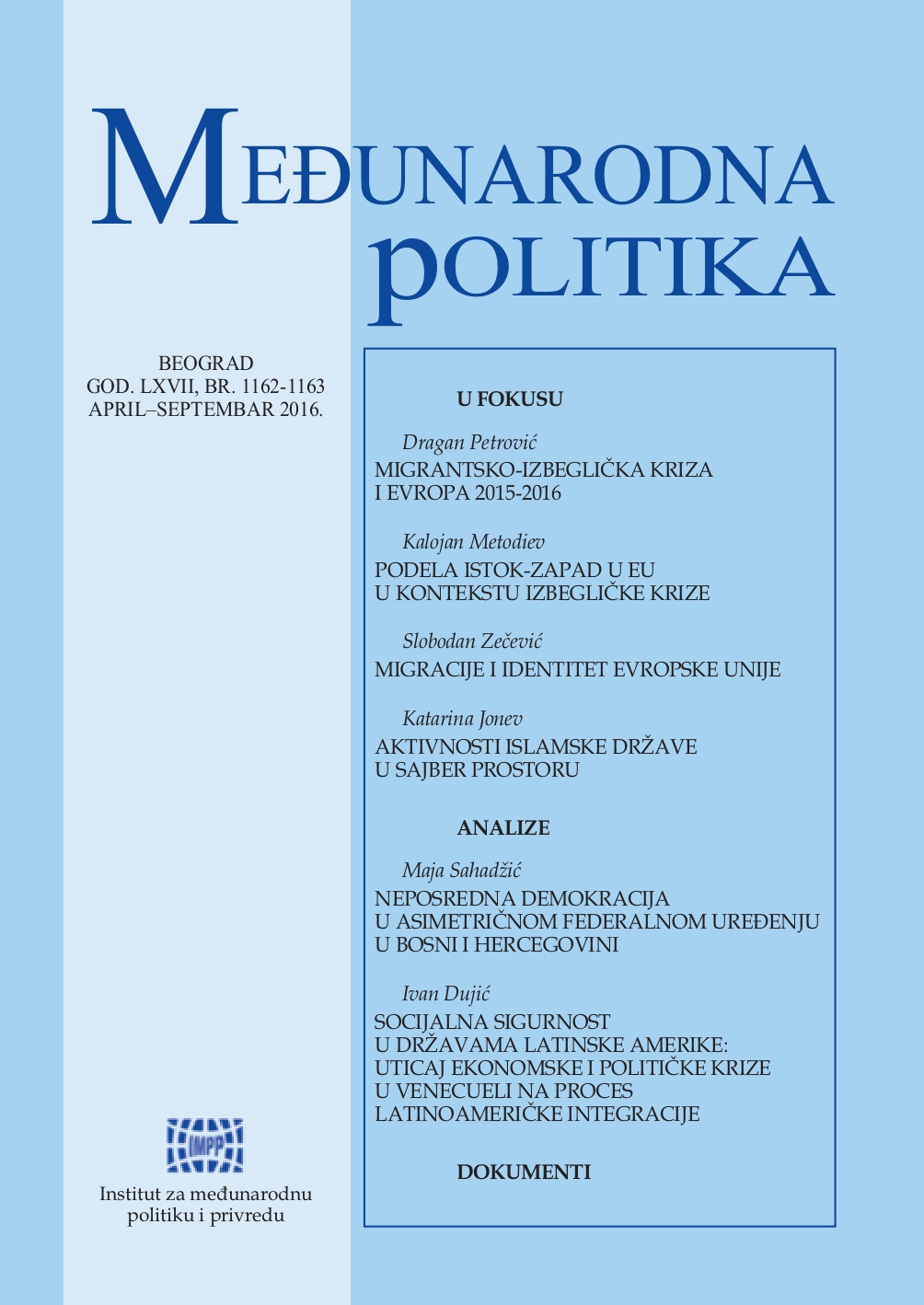Pokušaji određenja strukture – raspodele moći u posthladnoratovskom međunarodnom sistemu
Attemps of defining the distribution of power in the post-cold war international system
Author(s): Miloš D. MilenkovićSubject(s): Peace and Conflict Studies
Published by: Институт за међународну политику и привреду
Keywords: power; structure; international system; neorealism; unipolarity; bipolarity; multipolarity; uni-multipolarity; interdependence; nonpolarity
Summary/Abstract: In this article, we will try to show different attempts of interpretation of the structure and disposition of power in the post-Cold War period. First, we will start with the exhaustion of neorealist polarity theory options, respectively, present theorists’ debate whether the distribution of power after the Cold War is unipolar, bipolar or multipolar. However, although the neorealist vision of world order is necessary, but not sufficient, because its full interpretation cannot be accessed only by using its limited framework, in future work we will present more complex models that some theorists represent, and without which it is impossible to comprehensively70 present a complex structure and disposition of power as it exists today. Huntington's idea of uni-multipolarity, Joseph Nye efforts to present disposition of power in the world as interdependence on several levels, nonpolarity of Richard Haas and complex structure in the form of 1 (superpower) + 4 (major powers) + X (regional powers) of Barry Buzan and Ole Wæver represent such tendency.
Journal: Међународнa пoлитика
- Issue Year: 67/2016
- Issue No: 1164
- Page Range: 56-71
- Page Count: 16
- Language: Serbian

